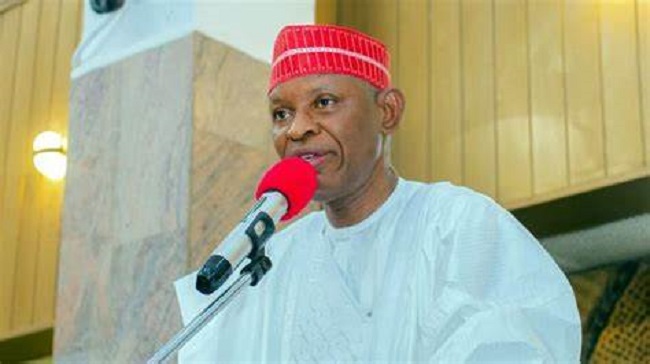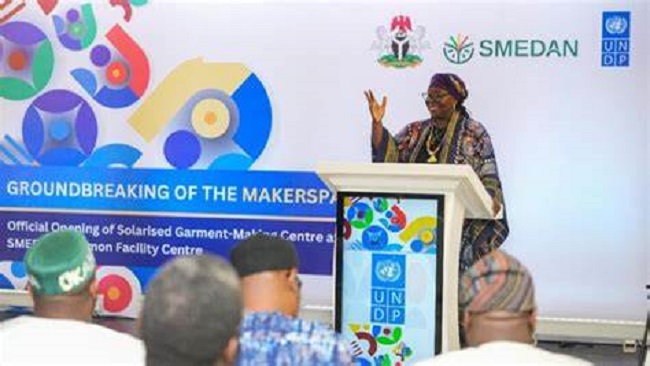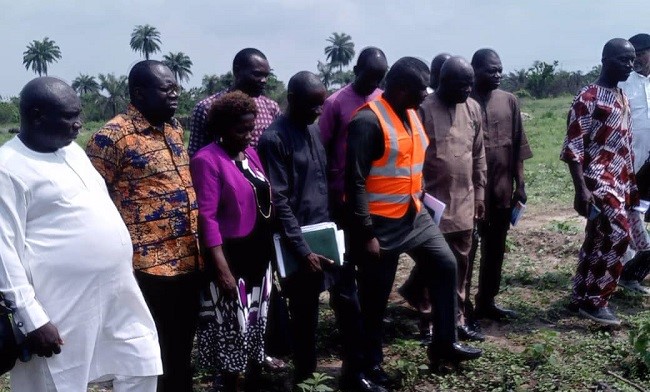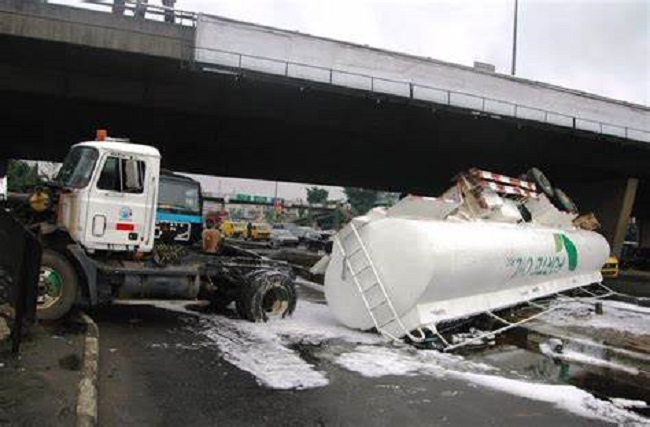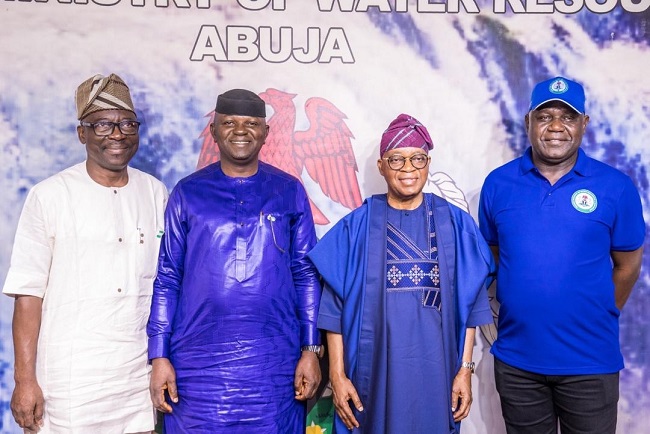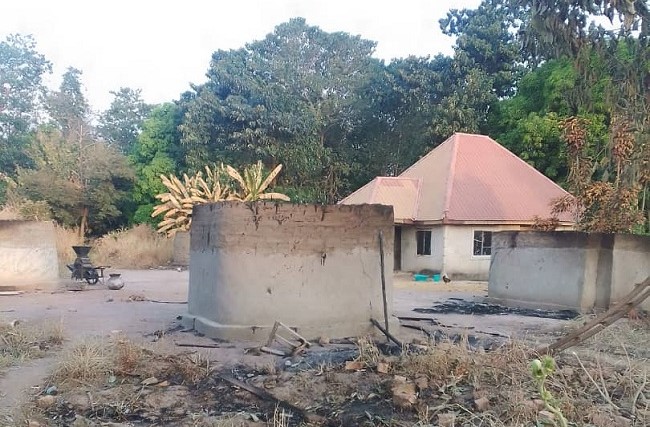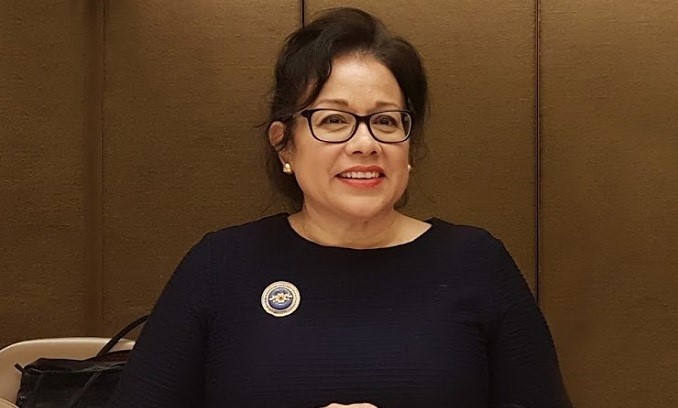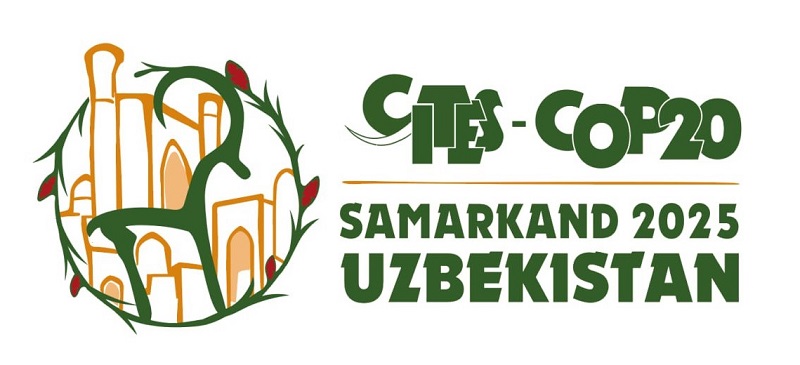This speech, delivered on Thursday, February 6, 2025, by UN Climate Change Executive Secretary, Simon Stiell, at the Instituto Rio Branco in Brasília – Brazil’s diplomatic academy, provides an update on the state-of-play on global climate action, in this 10th year since the Paris Agreement. The remarks also outline top policy priorities for this year and for COP30 in the Amazon region, and beyond
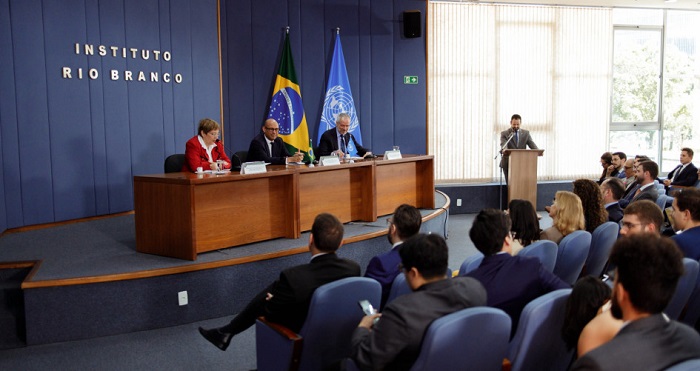
Let me start by thanking my friend Ambassador André Corrêa do Lago for the warm welcome to Brasília, and to the Institute and Itamaraty for hosting me here today.
André – the vast experience, commitment and skill that you – and the government of Brazil under President Lula – bring to the COP30 Presidency will be crucial in the world’s climate fight this year.
You’re also an expert on the great Brazilian architect Oscar Niemeyer.
I am no such expert, but I’m told that Niemeyer broke the mould, in part by moving away from rigid, straight lines to embrace curves and fluidity. Lines that remain purposeful and highly functional, while also reflecting our humanity.
His work also reminds us that progress is not always a straight line.
When Niemeyer was drawing his plans, he wasn’t shaping the future, but rather, he was shaping the present.
He, like climate action, had arrived to fundamentally change the system as we knew it.
So how far have we come, since 195 Parties convened to adopt the UN Paris Agreement ten years ago?
In a world that has become much more divided, our process has managed to buck the trend.
Indeed, without UN-convened global climate cooperation – with its origins right here in Brazil in 1992 – we would be headed towards up to 5 degrees of global heating – a death sentence for humanity as we know it.
We’re currently on course for around 3 degrees, which is still dangerously high.
But thankfully we’ve already entered a new era.
The limitless force of human agency is coming together with the determined forces of self-interest.
Countries – like their citizens – want agency. The means to secure and grow their economies, and lift living standards for their citizens, so they can choose the lives that they want.
Let me also recount the words of a wise old friend back in my home country of Grenada who told me once that betting on the better angels of our nature is important, but it only gets us so far.
In the great horserace of life, he said, “always back self-interest….what’s in it for me.”
This – above all other factors – is why the clean energy shift is now unstoppable: because of the colossal scale of economic opportunity it presents.
Because when $2 trillion flow into clean energy and infrastructure in just one year, as they did last year, you can be sure it’s not because of virtue signaling.
That’s twice as much as was invested in fossil fuels last year. Investors know that clean energy makes far more sense. The money-making opportunity is simply too big to ignore.
A country may step back – but others are already stepping into their place to seize that opportunity…
And to reap the massive rewards: stronger economic growth, more jobs, less pollution and far lower health costs, and more secure and affordable energy.
It would be remiss of me not to highlight that this boom is moving at very different speeds: massive influxes of capital in major economies, driving economic growth.
But many smaller economies not yet able to fully share in the boom and its vast benefits.
To that I would say this: we got from nearly nothing to $2 trillion in little more than a decade, and that’s with over two-thirds of the world’s countries still struggling for the financial agency to take climate action at scale.
Imagine if we could get finance right; as a start, deliver on the Baku to Belém Roadmap to $1.3 trillion – so that every nation can begin reaching its full potential.
The current boom could go from 2 trillion to many multiples of that, and fast.
That’s a lot of investment in the agency of eight billion global citizens.
And not just on cutting fossil fuel pollution and shifting to renewables, which commands the lion’s share of current climate flows.
Imagine the transformative power of adaptation unleashed by – and upon – every country and every community.
I’m here to tell you: we don’t need to imagine, we are already headed in the right direction. We just have to implement, and implement more and implement faster.
National climate plans – Nationally Determined Contributions in our climate lingo – are crucial.
Already we’ve seen several major economies – including Brazil and the UK among others – send clear signals they are stepping up climate action by submitting bold new climate action plans, because it’s entirely in the interests of their economies and their citizens.
These plans are blueprints for stronger economies and societies – so they cover every sector of the economy and every greenhouse gas.
They must work for workers, give clear signals to markets, and ensure that money flows to build clean and resilient infrastructure.
Harnessing the power of cheaper, cleaner energy, they can ensure every citizen benefits materially.
In India alone, estimates suggest increasing clean energy investment by 2 percent of GDP every year for 20 years will generate an average net increase of about 13 million jobs per year.
Because these national plans are among the most important policy documents governments will produce this century, their quality should be the paramount consideration.
The vast majority of countries have indicated they will submit new plans this year.
From the conversations I’ve been having, countries are taking this extremely seriously, which isn’t surprising given these plans will be key to how much of the $2 trillion boom governments can secure for their citizens and their firms.
So taking a bit more time to ensure these plans are first-rate makes sense, properly outlining how they will contribute to this effort and therefore what rewards they will reap.
At the latest though, the Secretariat team needs to have them on their desks by September to include them in the NDC Synthesis Report, which will come out before the COP in Belem.
We’ll also get a better picture of countries’ progress in implementing their initial plans, as they continue to submit Biennial Transparency Reports throughout the course of this year.
And in Brazil later this year the world will decide on the specific targets we want to use, to measure how protected we are from spiraling climate impacts.
From water and health, to infrastructure and food. We are setting out how we judge our efforts to ensure all global citizens, and the building blocks of life we rely on, are kept out of harm’s way.
Every dollar invested in adaptation is worth six in loss and damage bills avoided.
Farmers know better than most what is happening on the ground, as crop yields dwindle or are wiped out completely.
Instead of just regulating agriculture, we need to invest in small and medium producers and learn from these experts.
It’s just one example of why National Adaptation Plans are so important.
To holistically lay out the measures needed to avoid large-scale loss of life, property, and massive chunks of GDP.
To harness the incredible power of nature to provide climate solutions, by protecting and restoring the ecosystems that all human life and the global economy depend on.
As Brazil prepares to host COP30, the Amazon rainforest and its Indigenous Peoples take center stage in global climate action.
They represent both the urgent need for protection and the powerful role of nature and collective stewardship in building a sustainable future.
We fully appreciate of course that many developing countries face capacity challenges in developing their climate plans, be they NDCs or NAPs.
So, the UN system is here to support, and I encourage every government that is yet to do so, that needs assistance to get in touch.
At the heart of all potential action, the question of whether you can finance it reigns supreme.
And let’s be clear, climate finance is not charity.
It is crucial to protecting global supply chains from spiraling climate disasters which are fueling inflationary pressures.
It’s one of the many ways in which climate action is increasingly a kitchen table issue. Just take rising food prices, which have the fingerprints of climate-driven droughts, floods, and wildfires all over them.
Most of all, climate finance saves lives, on a massive scale.
Clearly it is the vulnerable who are almost always hardest hit.
The IPCC tells us almost half of humanity live in climate impact hotspots – all in developing and vulnerable countries – where people are 15 times more likely to die of climate impacts.
What a desecration of human dignity, solidarity and justice this is. It cannot stand.
But make no mistake: no-one is safe, in any country or any part of the income spectrum.
Just ask the wealthy investor in Los Angeles who turned to social media, pleading for private fire fighters to save his property, offering to pay any amount of money.
His house burned down anyway.
And another example, just think of the firms that lost hundreds of billions of dollars in lost labor hours last year because of extreme heat.
Or the pollution of choking mega-cities.
The new global climate finance goal we agreed in Baku was an important step forward.
It will clearly not initially meet every need. But 300 billion dollars is a baseline not an endline.
It is essential that more finance flows to developing countries, as they struggle under colossal debt servicing costs and sky-high costs of capital.
Ten years ago in Paris, we agreed to move the money. We agreed that all finance flows should be consistent with our climate commitments.
Reorienting the international financial system is no easy feat. But this year we have set ourselves the goal to set out, step by step, how we unleash $1.3 trillion under the Roadmap.
I’m interested here, in practicalities – who needs to do what, when, and with which levers.
This year, let’s reaffirm our shared commitment to do this.
I’m delighted to be working with Brazil, who under President Lula, has made reforming the global financial system, and ensuring more people benefit, so central to their diplomacy and their G20 Presidency.
In every country, getting everyone on board – ensuring everyone has fair access to the massive benefits of climate action – is a prerequisite for success.
As are strong steps to ensure gender equality and climate action rise together to realise their full transformative force.
So in 2025 it’s time for the Just Transition to go from the margins to the mainstream.
Ten years ago, in Paris, all countries signed up to both implement and accelerate climate action, reaffirming that it was in their national interests to do so.
Over the next 10 years, our process will lean into that drive for agency and rising living standards, for the many, not just the few.
The negotiations have evolved, as time has passed.
Throughout my tenure, I’m interested in making it ever more efficient. Iterate and reform where necessary.
No single COP delivers everything every Party wants.
That is the nature of reaching agreements among nearly 200 countries with very different priorities, in a process that requires unanimous consent on every single word.
Ten years on from Paris, we won’t have delivered on all our commitments.
But that is exactly why we need to look at how we are engaging our highest-level participants.
How we make space for leaders to do concrete deals that deliver for their citizens and economies now.
With fewer high-level speeches repackaging old pledges already made but nowhere near fulfilled.
With less confection, and more conviction to do the hard work of getting real progress done – a Leaders’ caucus, if you will.
The next ten years are the crucial timeline in which coalitions will form to deliver, as countries keep striving to be among the front-runners, to reap the greatest rewards.
As I hear of coalitions of do-ers strategically mobilizing behind the scenes,
…be they from the rainforest or the trading floors,
…be they citizens demanding their fair share of the benefits, or leaders holding firm in their commitments and finding ways forward for their sectors …
I am buoyed that we are not only here to stay, but we’re here to benefit from this unstoppable transition.
Brazil’s deep experience and skill is cause for real confidence that this year will translate that into the right series of real-world deals across sectors that can take us forward.
Brazil has a track record of keeping kitchen-table issues front and center.
And a real commitment to embrace the powerful knowledge and perspectives of local and Indigenous Peoples, of civil society, and of young people.
So inspired by my surroundings, I’ll end by quoting a Brazilian proverb which says: “soft water on hard stone hits enough until it breaks through”.
We have broken through, so now let’s mobilise, and pick up the pace, so everyone is brought along with us.


